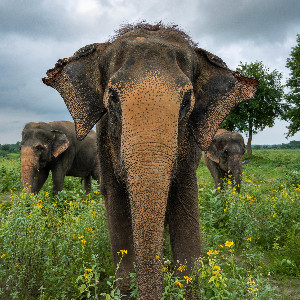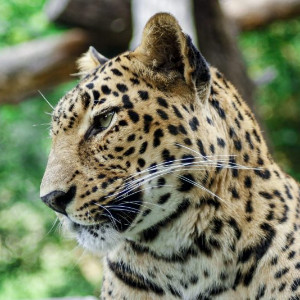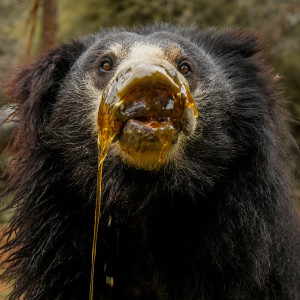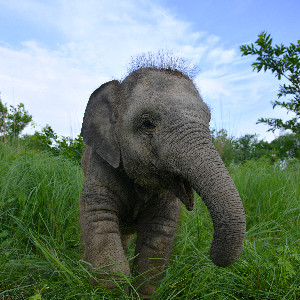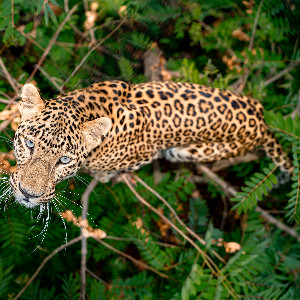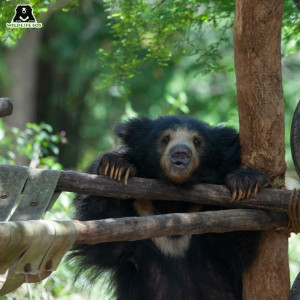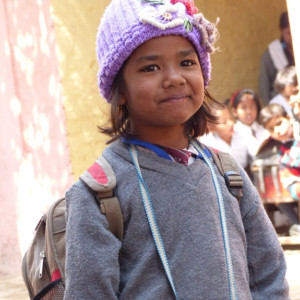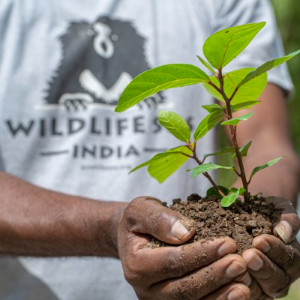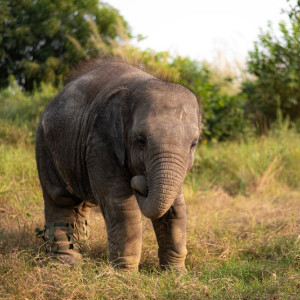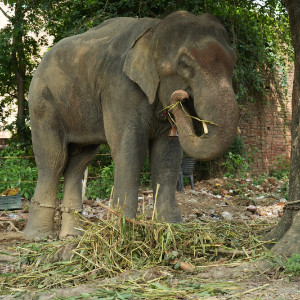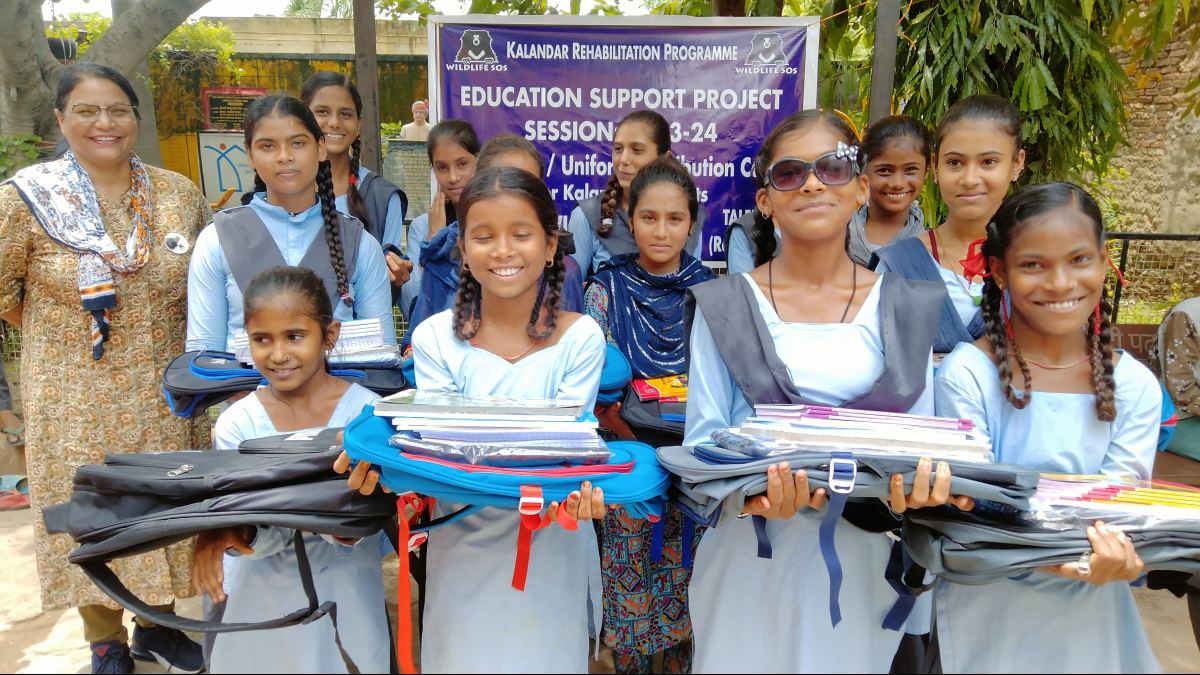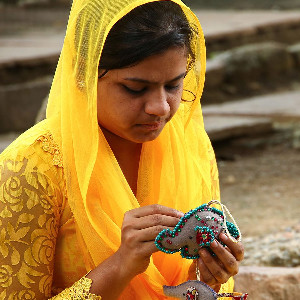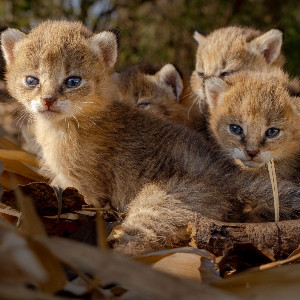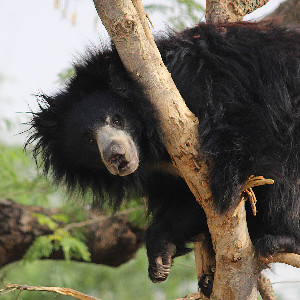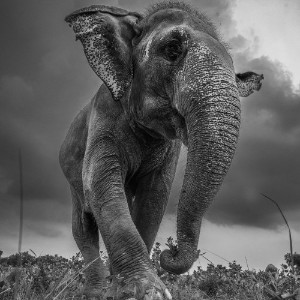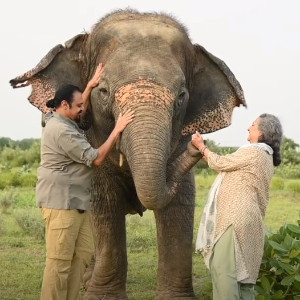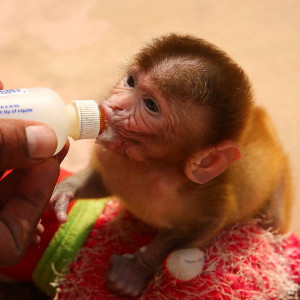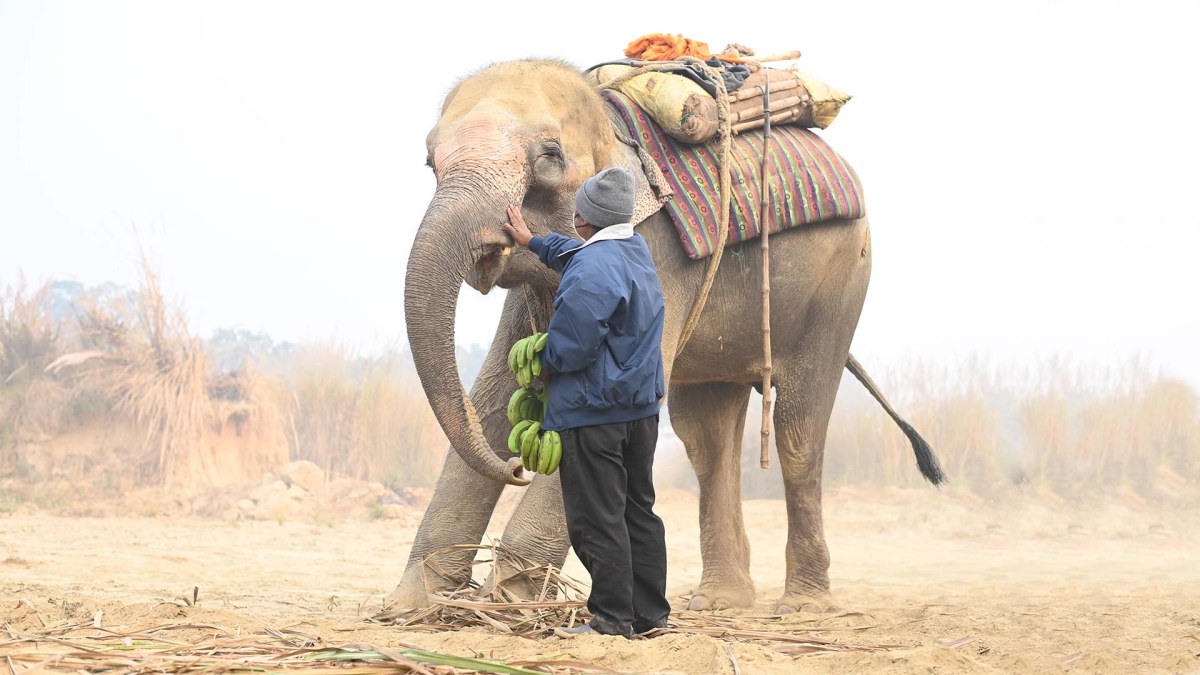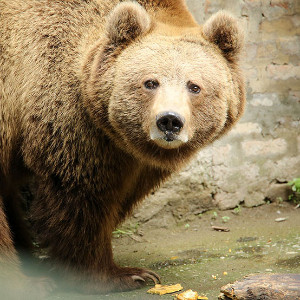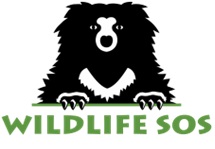
Wildlife SOS
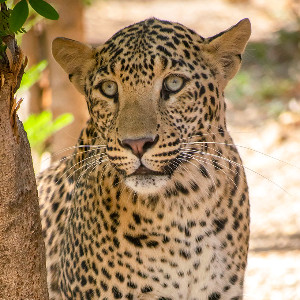
Leopard Conservation Program
₹ 500
tax benefit: 50%
Wildlife SOS's Leopard Conservation Program focuses on the rescue, rehabilitation, and care of Indian leopards, addressing key threats such as habitat fragmentation, human-wildlife conflict, and illegal poaching. Leopards often stray into human-dominated landscapes, leading to conflict situations, and Wildlife SOS works to mitigate this through rapid response teams, conflict resolution strategies, and community outreach.
Key aspects of the program include:
-
Rescue and Rehabilitation: Wildlife SOS operates dedicated rescue center that provide long-term care for leopards injured, orphaned, or displaced due to human activities. Our center focuses on medical care, nutrition, and the rehabilitation of leopards, offering them a safe environment.
-
Mitigating Human-Leopard Conflict: Through awareness campaigns and education, Wildlife SOS aims to reduce the instances of conflict between humans and leopards. This includes training locals on how to coexist with wildlife and avoid dangerous encounters.
-
Conservation Research: Wildlife SOS conducts research to better understand leopard behavior, habitat usage, and movement patterns. This data helps create effective conservation strategies, ensuring leopards and humans can coexist more harmoniously.
-
Anti-Poaching Efforts: Wildlife SOS collaborates with law enforcement agencies to combat the illegal poaching and trade of leopard skins and body parts, a major threat to the species.
-
Community Engagement: The program emphasizes working with local communities to build a culture of conservation by promoting eco-friendly practices and sustainable livelihoods, reducing the pressure on leopard habitats.
For more details, contact: care@wildlifesos.org
Leopard Conservation Program
Wildlife SOS's Leopard Conservation Program focuses on the rescue, rehabilitation, and care of Indian leopards, addressing key threats such as habitat fragmentation, human-wildlife conflict, and illegal poaching. Leopards often stray into human-dominated landscapes, leading to conflict situations, and Wildlife SOS works to mitigate this through rapid response teams, conflict resolution strategies, and community outreach.
Key aspects of the program include:
-
Rescue and Rehabilitation: Wildlife SOS operates dedicated rescue center that provide long-term care for leopards injured, orphaned, or displaced due to human activities. Our center focuses on medical care, nutrition, and the rehabilitation of leopards, offering them a safe environment.
-
Mitigating Human-Leopard Conflict: Through awareness campaigns and education, Wildlife SOS aims to reduce the instances of conflict between humans and leopards. This includes training locals on how to coexist with wildlife and avoid dangerous encounters.
-
Conservation Research: Wildlife SOS conducts research to better understand leopard behavior, habitat usage, and movement patterns. This data helps create effective conservation strategies, ensuring leopards and humans can coexist more harmoniously.
-
Anti-Poaching Efforts: Wildlife SOS collaborates with law enforcement agencies to combat the illegal poaching and trade of leopard skins and body parts, a major threat to the species.
-
Community Engagement: The program emphasizes working with local communities to build a culture of conservation by promoting eco-friendly practices and sustainable livelihoods, reducing the pressure on leopard habitats.
For more details, contact: care@wildlifesos.org

